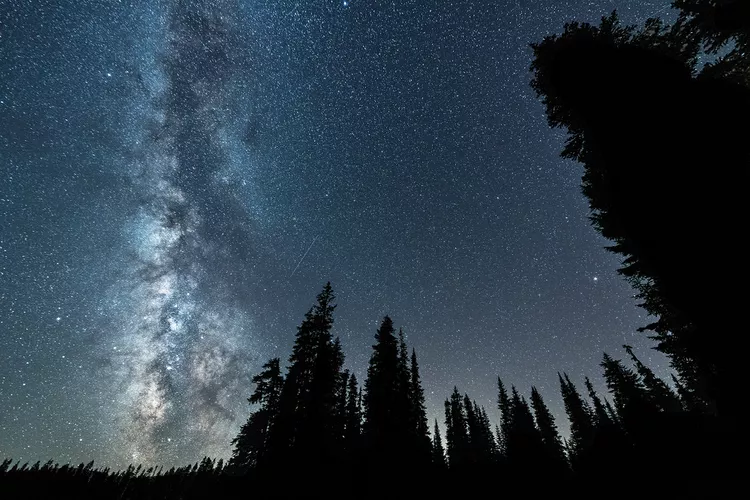Everything to know about the Delta Aquariid meteor shower.
If catching a meteor shower is on your 2023 bucket list, you’re in luck. Late July welcomes the peak of the Delta Aquariid meteor shower, with an average of 10 to 20 meteors per hour.
The shower is best visible from midnight to dawn and requires a dark-sky location for optimal viewing, such as a national park or a stargazing hotel. It is advisable to look for a location with wide-open views toward the southern sky, according to Royal Museums Greenwich. Moreover, be patient; your eyes need around 30 minutes to adjust to the darkness.
Here’s everything to know about the 2023 Delta Aquariid meteor shower, from where to look to how it happens.
1. What is the Delta Aquariid meteor shower?
Like all meteor showers, the Delta Aquariids’ “shooting stars” are not stars at all. They’re pieces of debris from comet 96P/Machholz that collide with our atmosphere, according to NASA. You can see the meteors in and around the Aquarius constellation, including its bright star Delta — hence the Delta Aquariids name.
2. How can I watch the Delta Aquariids?
Much to stargazers’ chagrin, this year’s July 28-30 meteor shower peak coincides with a nearly full moon. The lunar illumination will drown out many meteor streaks — however, don’t cancel your plans. For the best odds, head out after the moon sets, roughly after midnight in the northern hemisphere, to enjoy the show. According to the Farmers’ Almanac, you could see 10 to 20 meteors per hour during the peak.
The Delta Aquariids are most active in the southern hemisphere; however, northern hemisphere sky-gazers can also admire the display from mid to southern latitudes, according to Royal Museums Greenwich. Watch for the sky streaks around the Aquarius constellation, but keep an eye on Perseus as well. The Perseid meteor shower, which runs from July 14 through September 1, may yield an early show before its Aug. 12-13 peak.
3. Tips for watching the Delta Aquariid meteor shower
You don’t need supplies like a telescope or stargazing binoculars to monitor the Delta Aquariid meteor shower. You can catch the spectacle with your naked eye; however, to do so, you’ll need a dark-sky perch with limited light pollution and a wide-open sky — think a lakefront, hilltop, or open prairie.
Additionally, give your eyes about 30 minutes sans light to adjust to the darkness for complete viewing. Time your stargazing trip to the post-moonset hours; the spectacle will last until dawn each morning of the July 28-30 peak.




